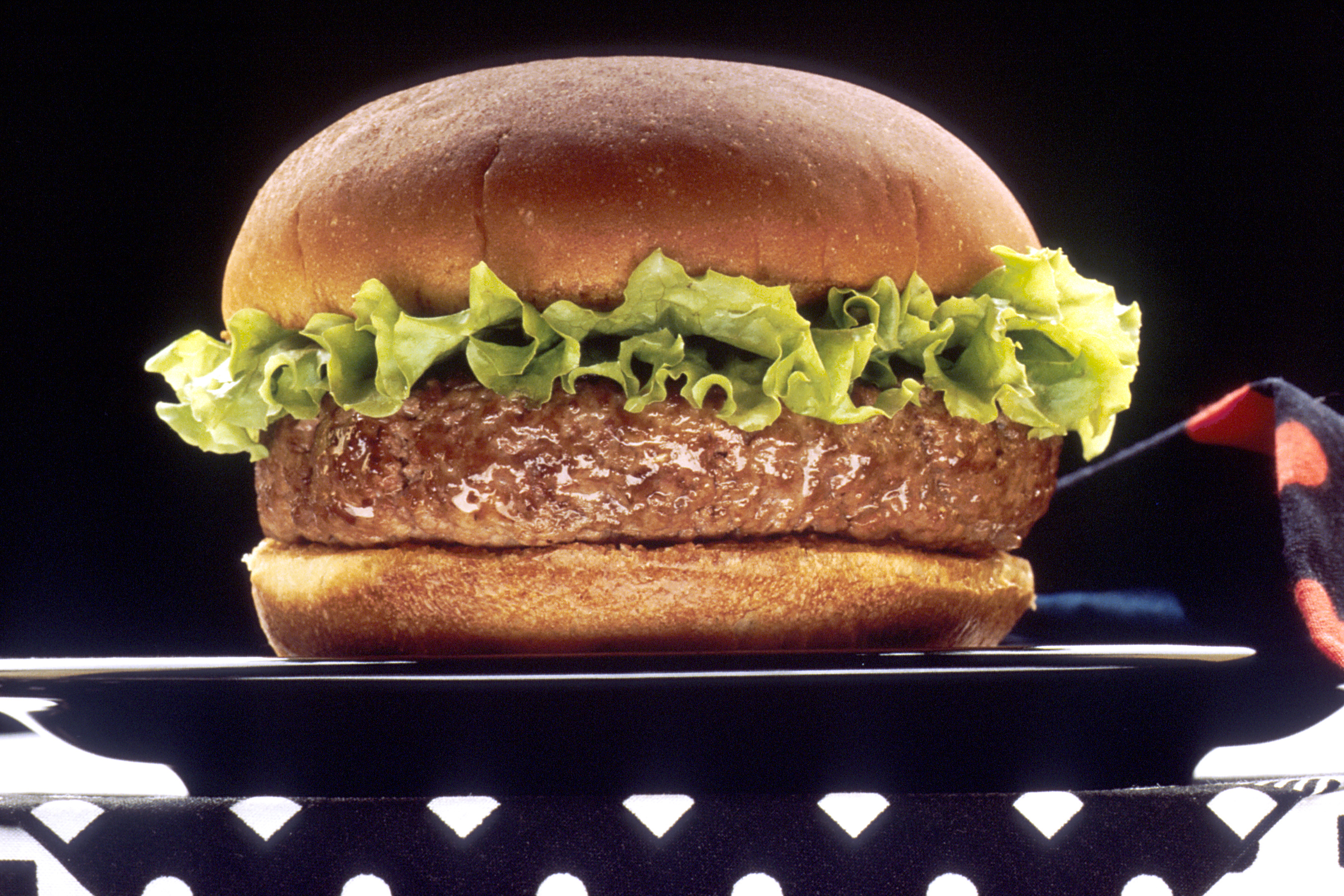In August 2013, Mark Post and his team at Maastricht University debuted a hamburger made in their lab entirely from cattle stem cells. The lab grew cattle cells for three months, ultimately growing 20,000 strands of meat, or 40 billion cells, to compose one patty. The few individuals selected to sample the burger reported that they missed the fattiness of a regular burger, and that it wasn’t seasoned perfectly. But other than that they enjoyed it and said it had a “familiar mouth-feel to real meat!”
Producing this burger was an expensive venture, costing approximately $330,000. Despite the price, this technology has the potential to truly transform the environmental impact of meat production. The demand for meat is said to increase by 73% by 2050, primarily due to increasing populations being able to afford meat. This increase has significant repercussions for the environment. The amount of land that animals use to graze and the greenhouse gasses emitted throughout the production process are not sustainable. These environmental effects are partly what drove the team to develop a completely alternative way to produce meat products. A Forbes article states “cells from one single cow could eventually produce 175 million quarter-pounders. In contrast, traditional methods would need 440,000 cows to accomplish that feat. And they would have to slaughter every one of those animals to do it. With cultured meat, the host animal is not killed.” This is astounding to me, and I think the concept is an incredibly innovative solution to a significant environmental problem. Since the project is so new, these burgers are estimated to enter grocery stores for consumer use in 10 to 20 years. But when they do, I think it will definitely be something worth trying!
Click here for a video of the taste testers trying the burger.
Written by Abigail Fagan, class of 2014.

